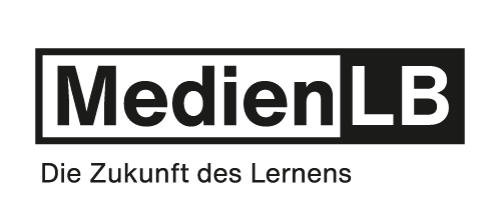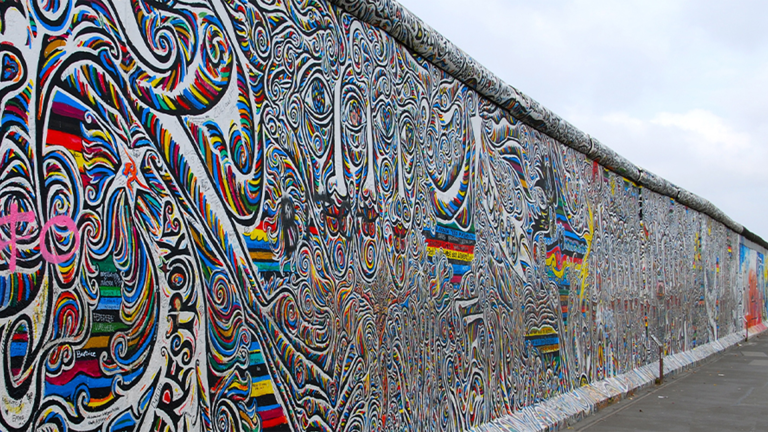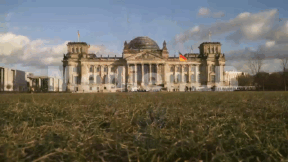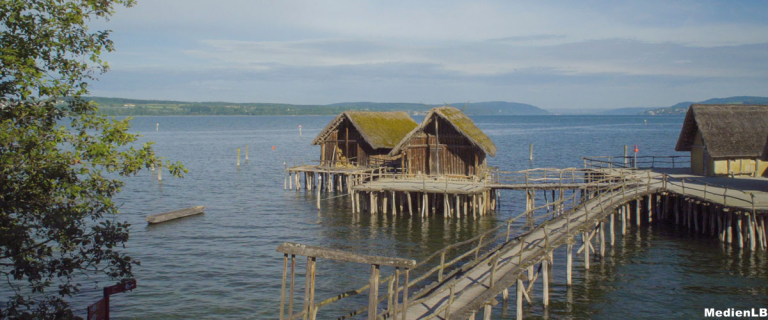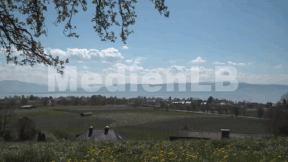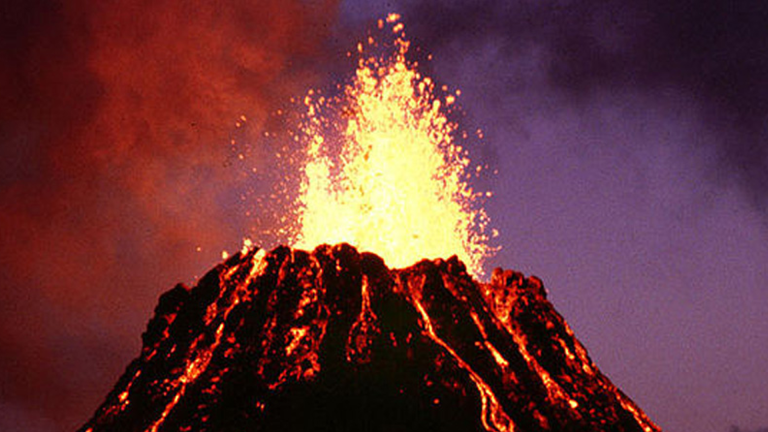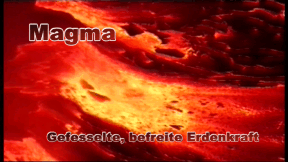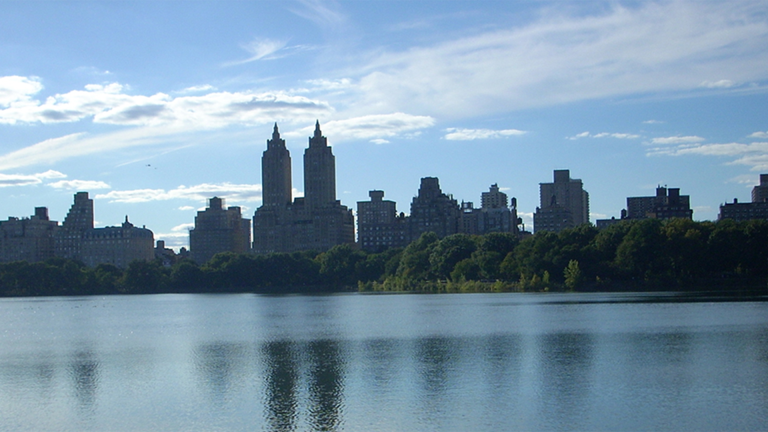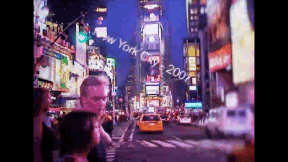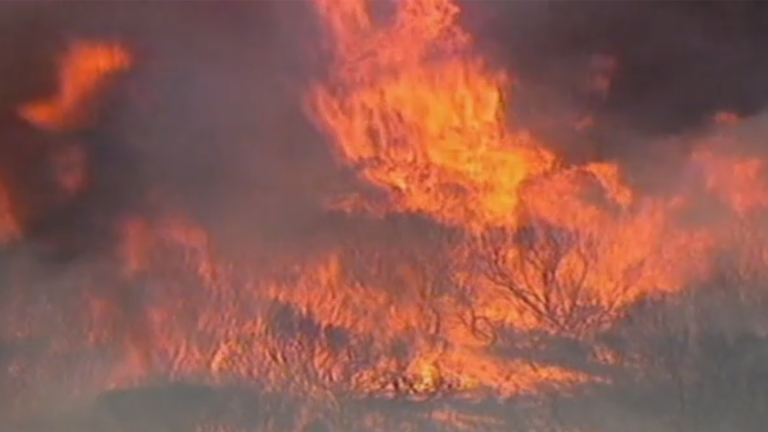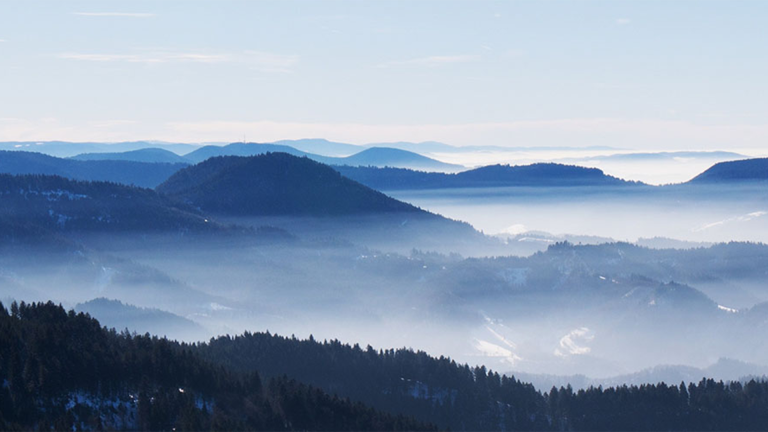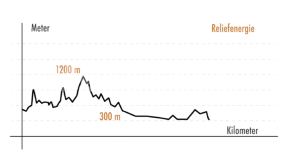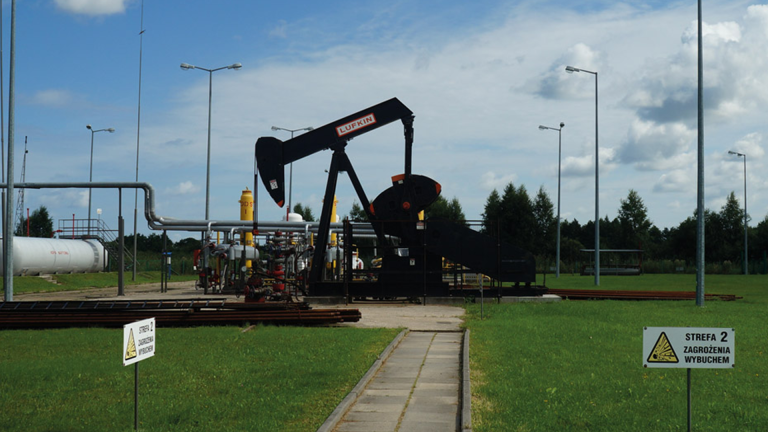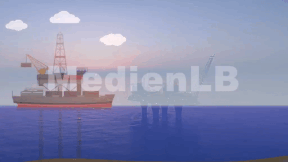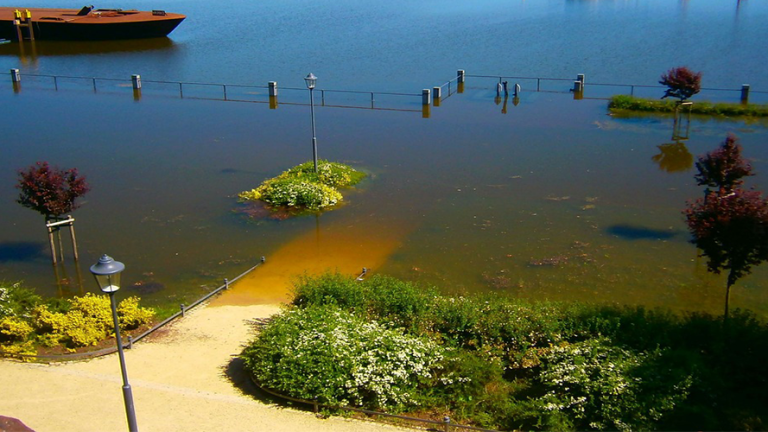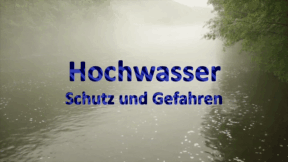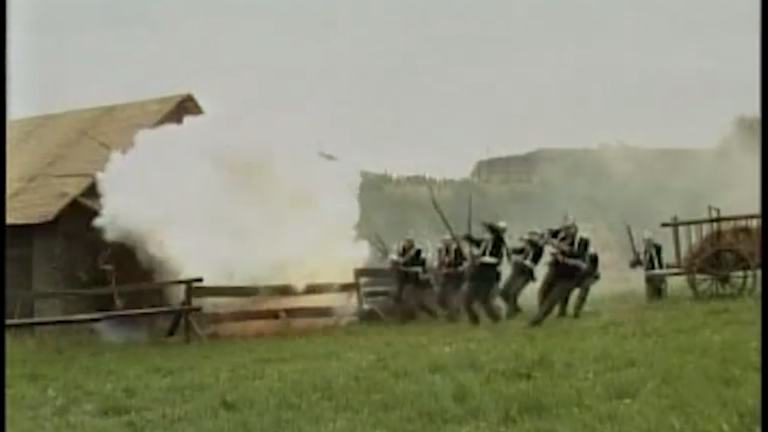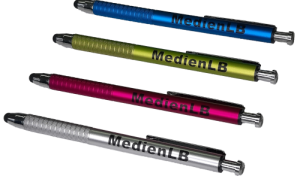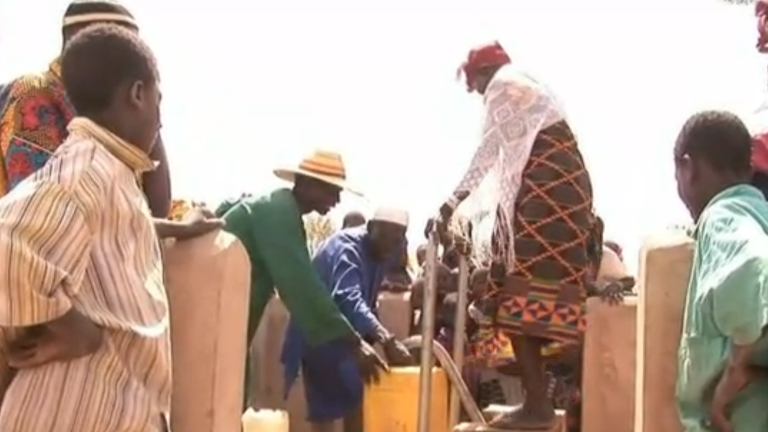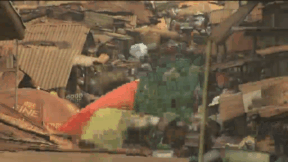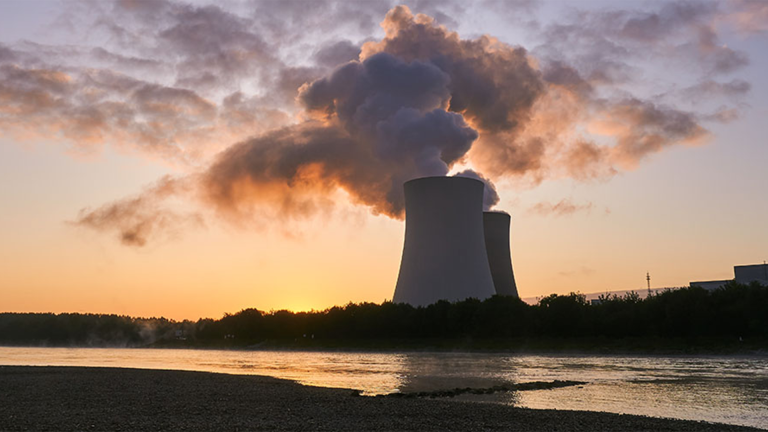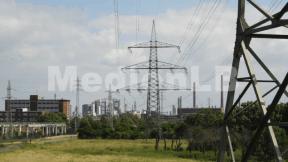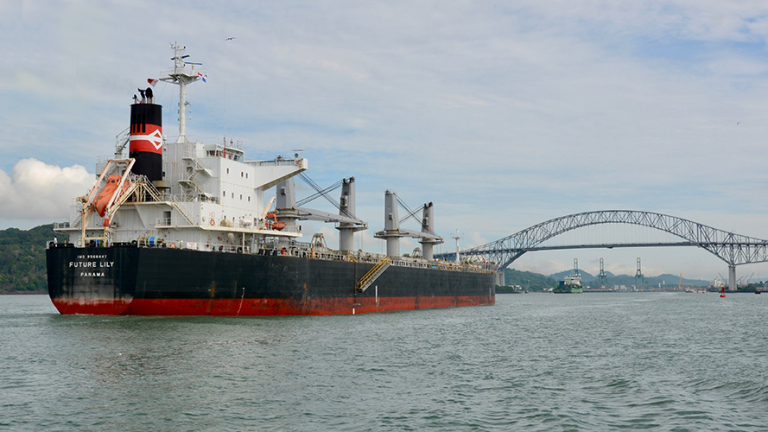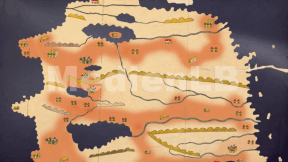Suche:
- # Artistry
- # Biology
- # Chemistry
- # Ecological
- # Economy
- # English
- # Foreign Language
- # Geography
- # German
- # Health
- # History
- # Informatik
- # Latin
- # Mathematics
- # Media Education
- # Music
- # Physics
- # Politics / Civics
- # Preschool
- # Primary School
- # Religion
- # Society
- # Sports
- # Technology
- # Training of Teachers
- # Vocational Education
Deutschland
Seit 70 Jahren hat die Bundesrepublik Deutschland stabile politische Verhältnisse. Welchen Weg die Bundesrepublik gegangen ist, wie die Wiedervereinigung gemeistert wurde, das zeigt der Film ebenso wie er auf die naturräumliche Gliederung eingeht.
Learn moreLake Constance
Lake Constance is not only beautifully situated at the foot of the Alps, surrounded by a fertile countryside – you can also tell many stories about it, and thus learn something about its history and the people who live there.
Learn moreMagma
The face of our home planet is subjected to constant change. Mountains are created and eroded over time, oceans flood continental areas, glaciers assume gigantic proportions, modify landscapes and melt – all this happens mostly in very long geological periods of time. Far more spectacular and more comprehensible to humans in terms of time, however, are natural phenomena associated with magmatism, above all, when we encounter them in their most obvious manifestation, volcanism. These natural events that entail far-reaching changes on the surface of the earth, sometimes devastating destruction and high casualties, have impressed civilisations, inspired their imagination and often spread fear and terror from time immemorial. Let us look with wonder and awe at the following breath-taking pictures of volcanic eruptions. They spectacularly illustrate the huge, immeasurable forces hidden inside our earth. At the same time, these pictures make us aware how tiny and powerless we are ourselves.
Learn moreNew York City
A global metropolis of superlatives: the world capital of trade and culture is bustling with 8.1 million people from all nations. Due to its sea port, New York City became increasingly significant in the 19th century, before proceeding to transform into a unique megacity. Formed by immigration and commodity trade, the city today is above all known for its stock exchange, culture, the UN headquarters and its tourist attractions. This didactic DVD offers a clearly structured overview of the city on the east coast of the United States. In the first four chapters, maps and impressive pictures give an overview of the geographical situation of the city, its history and politics as well as education, language and traffic in the metropolis. Important sights and an insight into the lives of its inhabitants can be found in the last chapter. As a special feature, we offer a film from 1967 on New York City. Both films are excellently suited for comparison, on the one hand with respect to the city’s historical development and on the other hand with respect to the presentation on film.
Learn moreMan and Climate
The first chapter of this DVD deals with the population development over the past 3000 years and the associated dramatic effects on nature. The massive deforestation and the fast-increasing water consumption are analysed as two examples for the consumption of our resources. The dependency of the regeneration of our water supplies on climatic conditions clearly illustrates the close link between humans and the climate. But what exactly is the climate and how is it determined? This question is discussed in detail in the second chapter. A look back into the past helps us in addressing current questions. The warm High Middle Ages and the following Little Ice Age as well as plant remains, e.g. the annual rings of trees, or animal finds such as dinosaur skeletons allow us to draw conclusions regarding climatic conditions. Will we meet the same fate as the dinosaurs? In the fourth chapter, we visit the climate data processing centre at the MPI. Significant climate changes are predicted in model calculations for the next 100 years. This leads to further important questions: Do we need to act? If yes, when and on what scale? Especially with this last chapter, the pupils are encouraged to recognise their own responsibility in order to shape the future of all of us.
Learn moreMittelgebirge
Harz und Schwarzwald gehören zu den Mittelgebirgen. Sie prägen die deutsche Landschaft, der Schwarzwald im Südwesten, der Harz im Norden und Osten.
Learn morePetroleum
Petroleum – a resource without which our modern industrial society is hardly conceivable. It serves as a basis for the fuel of almost all means of transport, but also for generating heat and electricity.
Learn moreFloods
Most of our earth is covered in water. Without water, no life. The water on our earth is in a constantly renewed global cycle. By evaporation the water gets into the atmosphere, by atmospheric circulation the evaporated water is further transported across long distances and returns to the earth as precipitation. Climate change, however, alters this hydrological cycle. Climate change intensifies the disparities in the global water supply and increasingly causes droughts and floods, respectively.
Learn moreCzechia
This DVD offers a clearly structured overview covering the following aspects: Situation in Europe, size and population, landscapes (Bohe- mia, Moravia), mountains (Sudetes, Sudeten Mountains, Ore Mountains, Bohemian Forest), rivers (Elbe, Vitava), the climate, history (short overview, traffic, transport and infra- structure, economic structure (agriculture, industry, mining and energy supply), tourism, car industry (Skoda), breweries (Budweis, Pilsen), spas, important cities and sights, capital of Prague, traditions, language, education, food and drink, culture and music. High-quality film clips and aerial shots, animated maps, histo- rical film scenes as well as original sound interviews give the pupils a comprehensive overview of the Czech Republic and its people.
Learn moreBenin
Benin is situated in Equatorial Africa and is one of the poorest countries of the world. One third of its population lives in extreme poverty and infant mortality is high. The film provides an overview of the geographic location of Benin in Africa, its natural environment, climate and population. A brief outline of its history shows the development from the kingdom of Dan-Homé to the People's Republic of Benin. Economy, infrastructure and expansion of agriculture are featured as well as the way of life, the complexity of religions, cultures and dialects. Educational opportunities for children and adolescents are insufficient. The catastrophic conditions of medical services, problems associated with AIDS and inadequate development aid are exposed.
Learn moreEnergiewende
Die Energiewende ist beschlossene Sache. Ziel ist es die Energieversorgung über nachwachsende Rohstoffe bzw. nachhaltige Energieträger zu gestalten.
Learn moreHandelsrouten
Seit Jahrtausenden handeln Menschen mit den verschiedensten Waren. Anfangs geschah dies in einem sehr begrenzten Umfeld, im Laufe der Geschichte wurden für seltene und exotische Handelsgüter allerdings auch weite Wege und gefährliche Reisen in Kauf genommen.
Learn more


